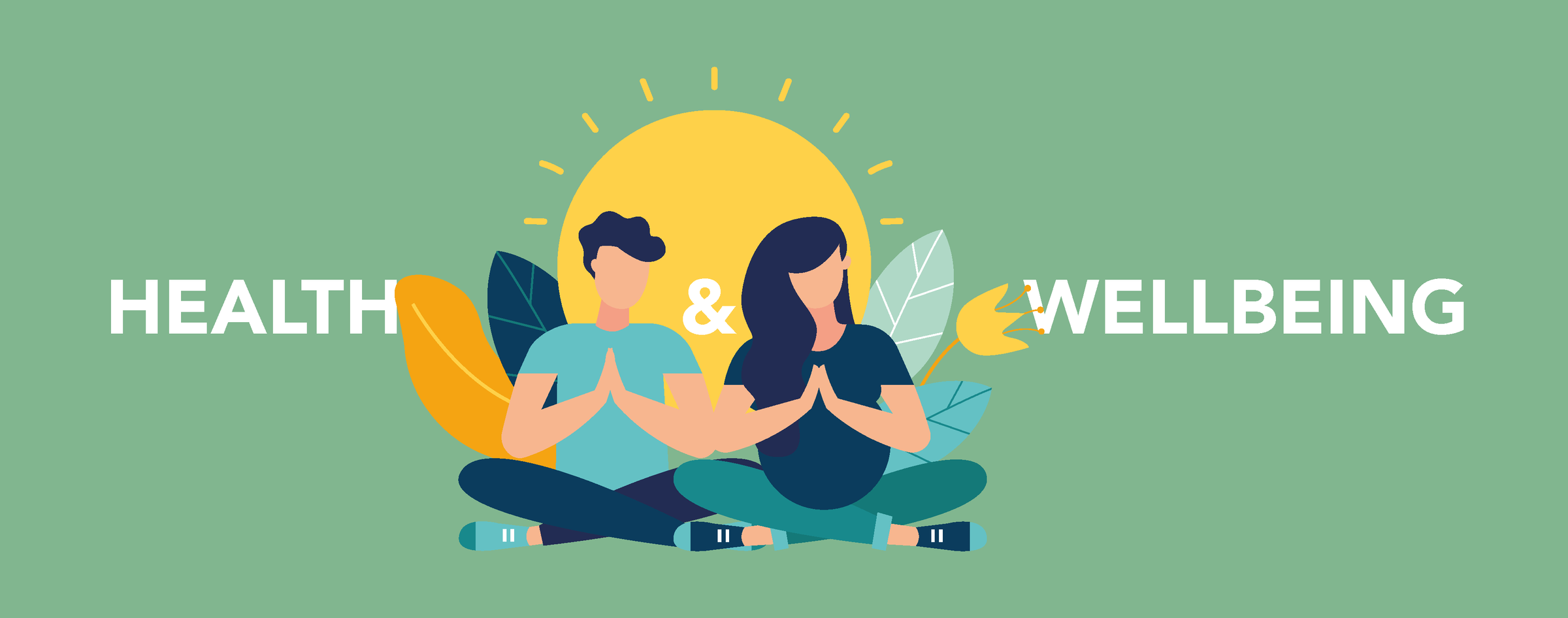Health & Wellbeing
Healthy Body ~ Healthy Brain

Health & Wellbeing
Healthy Body ~ Healthy Brain


What are head lice?
Head lice are small, wingless insects that live, breed and feed on the human scalp. They do not generally carry or transmit disease. Head lice have existed for millions of years and, in fact, predate human evolution.
Direct contact is required for transmission from person to person. Lice will crawl from head to head without discrimination.
Preventing head lice.
There is no product available that prevents head lice. However, tying long hair back and checking weekly for lice, using the conditioner and comb method, can help prevent the spread.
For more information on the treatment and prevention of headlice,read the full fact sheet
Summary


Mindfulness can be defined as the mental state achieved by focusing on the present moment whilst also accepting our feelings, thoughts and bodily sensations.
By integrating mindfulness into the day, we can arm our children with lifelong skills that support their current and future mental health and wellbeing.
Some strategies and tips to build mindfulness in our children’s daily activities...
Breathe!
Deep breathing is nature's way of relaxing the brain and the body. You can 'trick' the brain with controlled deep breathing. Get your children to inhale for the count of five. Hold the breath for a second, and then slowly exhale for a count of eight. Repeat ten times, or until calm.
Mindful doodling.
It relaxes the mind, and allows the learning to make connections in the brain. It will also help if you play relaxing meditation music in the background.
Mindful gratitude.
Throughout the day, get the children to stop, take three mindful breaths, and silently write down one thing they are thankful for, on a special 'Gratitude List'. By the end of the day, the list will be long and filled with happy thoughts.
Worry Stones.
This is a 'focus object' that can allow children to release their worries and connect with their inner mindfulness of calm and peace. Have a collection of smooth stones to hand. When the child starts to become anxious, have them rub the stone, while focusing on the feel of the stone, and taking deep belly breaths.
STOP!
This is a ten second mindfulness idea. When a child is getting frustrated, wriggly or overwhelmed, use the acronym STOP to resettle them.
S = Stop what you are doing
T = Take a deep breath
O = Observe what is happening around you
P = Proceed.
Children who have access to calm, mindful adults are more likely to be calm, mindful children. When they have good role models who are using mindfulness strategies day in, and day out, they will follow your lead.


Positivity breeds positivity and mindfulness will become part and parcel of life. Remember that stress is a part of life. It will not disappear. But we can control how we react to stress.
We can learn to surf the waves rather than drown in its waters.
If you would like to make a suggestion on what you would like included in the Health and Wellbeing page, please email using the link here ...